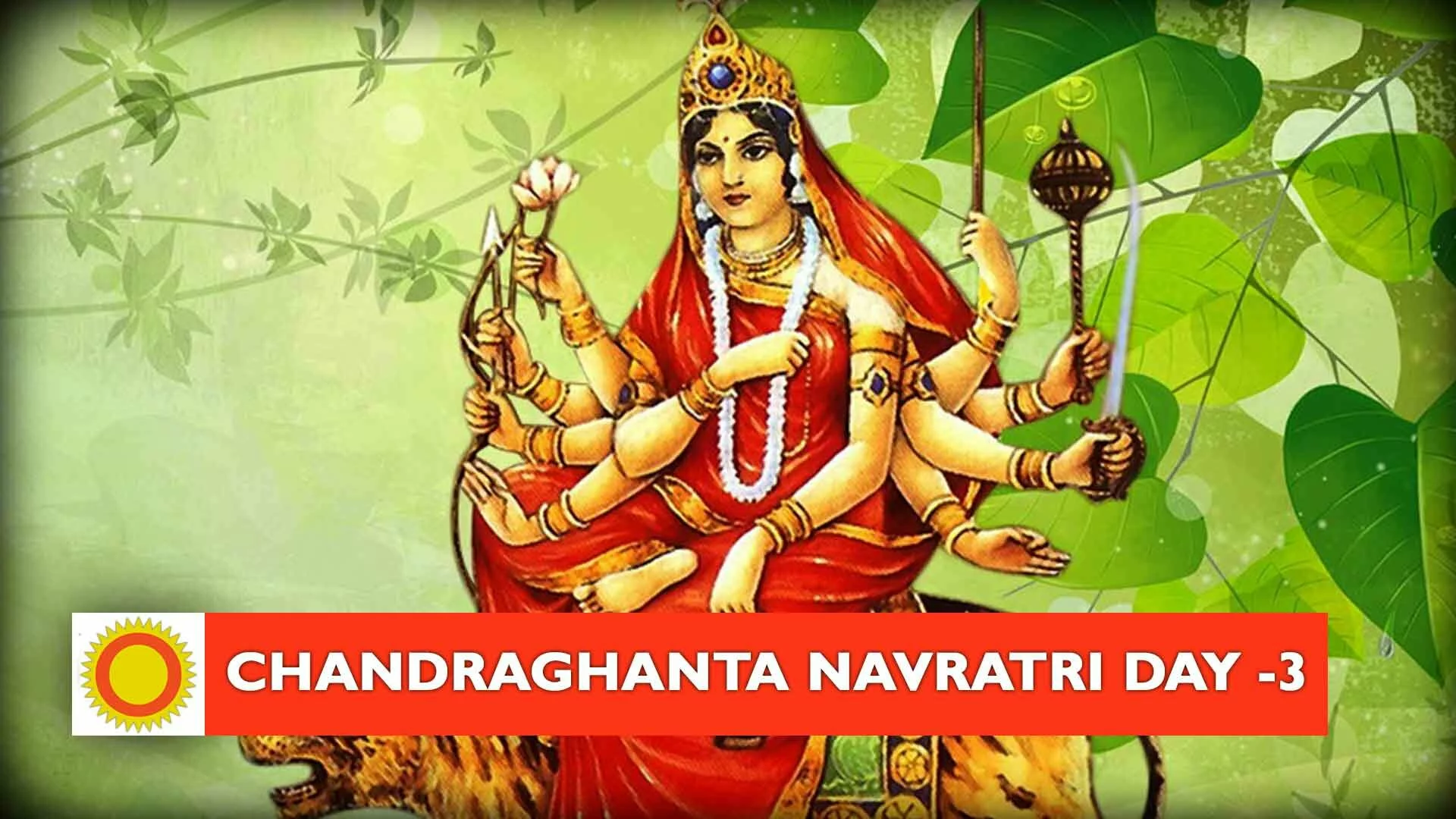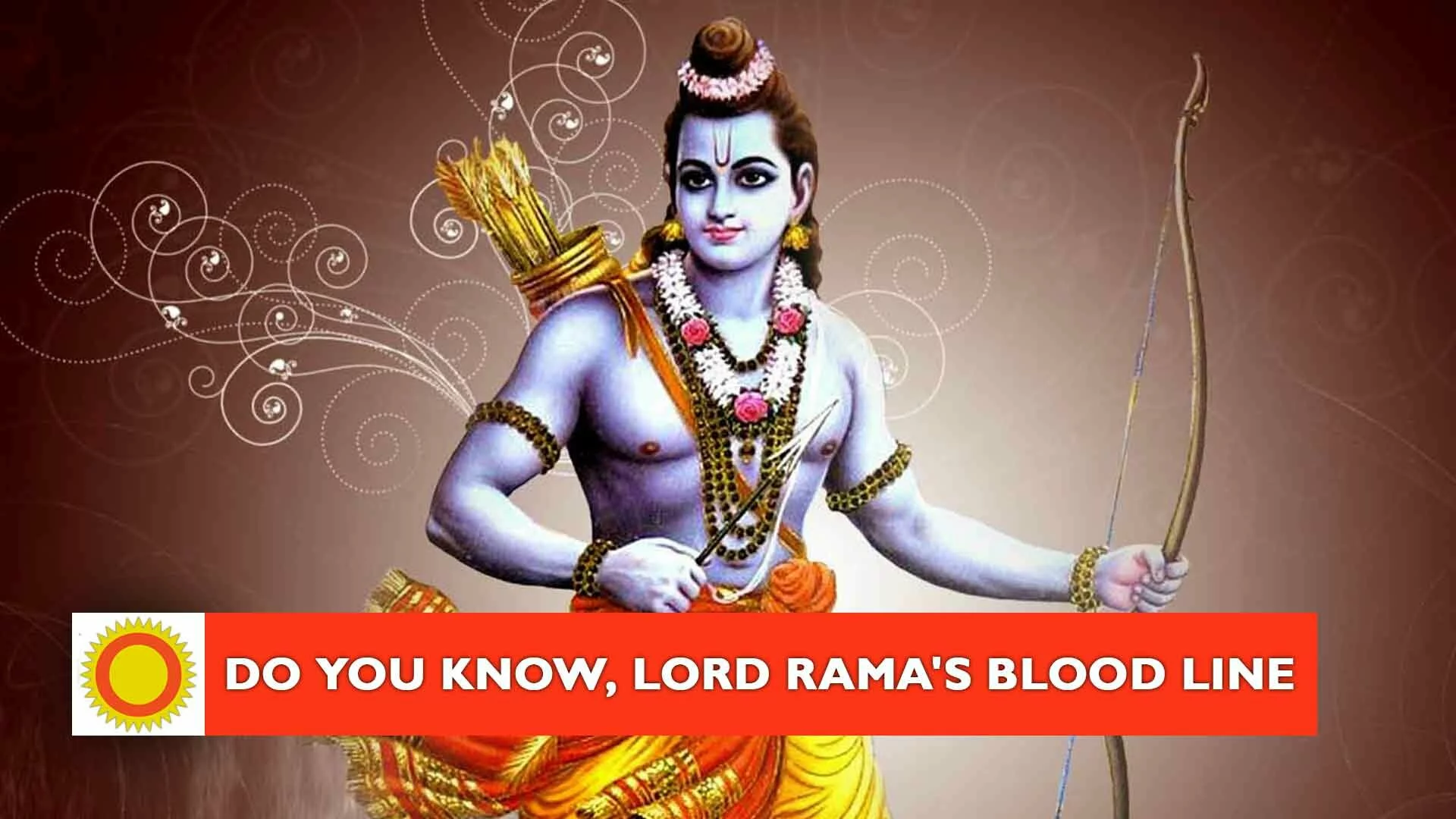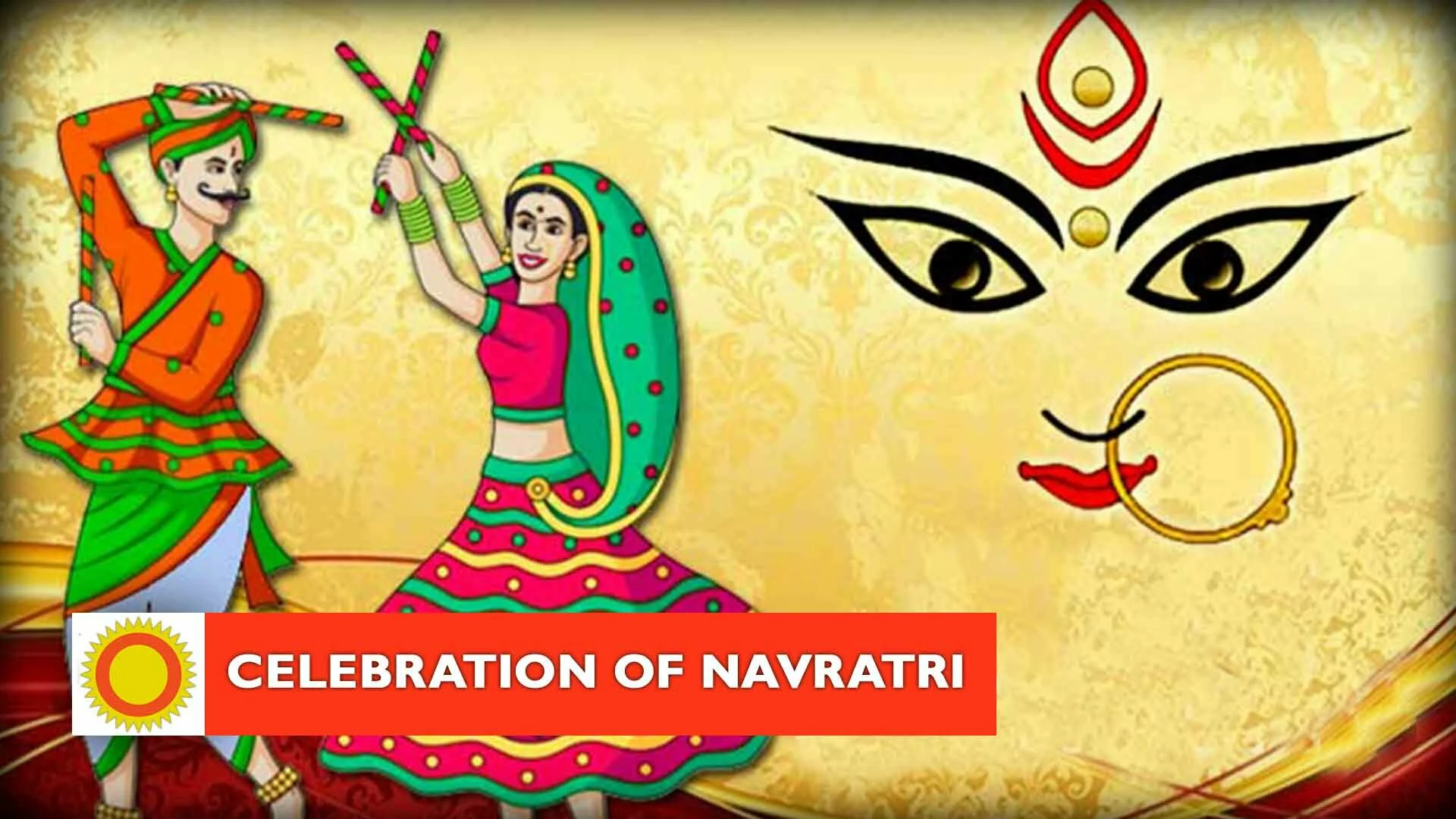The Mahabharat war (3139 BC) had shattered the economy and abolished many localized civilizations of India. There were thousands of kings and millions of people who died in that war. That much loss of population in those days was a big thing, and, as a consequence of the war, big patches of uninhabited land lay stretched across the subcontinent. There were no common roads in those days to join two distant states of India, and thus, the communication between them was bleak. In that situation, the people, living in different locations of India, developed their own culture and their own communicating language which had classical or locally spoken Sanskrit background and the image of original Bhartiya civilization.
Time went on and gradually Brahmi script and Pali language developed in India. Pali language was liberally used to write the tenets of Buddhism. The prime Vedic civilization of Bharatvarsh would have been concentrated in Mathura, Allahabad and Varanasi areas which were always the center of Bhartiya culture and scriptural education.
People living around the Indus valley gradually developed their civilization. It was later on called the Harappan culture or Harappan civilization and was considered to exist around 2700-2500 BC. But it appears that that civilization was totally out of touch with the mainstream of Bhartiya culture, that’s why their linguistic and literary developments remained in a very primitive shape. The inscriptions of Harappan civilization are found on seals and tablets in the form of signs which very much resemble Phoenician and Semitic signs that were developed around 1500 to 1000 BC and which became the prototype for the development of all the writing systems of the western world.
But, on the other hand, we have the historical record, documented in the Bhagwatam itself (Bhag. Ma. 6/94, 95, 96) that in 3072 BC, 2872 BC and 2842 BC, three public programs of the recitation of the Bhagwatam and the discourses on Krishn leelas had happened in which Saints and the devotees participated.
From the similarity of many words of Sanskrit and other Indian languages with Latin and the relatively fair complexion of some of the upper caste Indians the early indologists liked to believe (or rather propagate the believe) that they are of the same racial stock as the Anglo Saxons and just as the Anglo-Saxons had migrated to Britain from the European mainland the ancestors of the fair complexioned upper caste Indians had migrated from Europe. This racial stock was named as Indo-Aryan and it was theorized that they had displaced or subjugated the original inhabitants of the land. The degenerate caste system of India was a handy tool to fit this hypothesis.
By the time the archeological remains of Mohenjodaro and Harappa were discovered in the late nineteenth century the biblical chronology as well as the theory of Aryan migration had been accepted as a proven fact. The discovery of these archeological remains indicated an extinct civilization which neatly fitted the theory of an earlier civilization vanquished by the invading Indo-Aryans. Thus no systematic or serious effort was made to explore the possibility that the Harappan remains could be post Mahabharata or post Vedic.
A critical examination of the Puranic chronology along with the Harappan remains clearly indicates that it belongs to the civilization that prospered during the long period of peace after the battle of Kurukshetra under the reign of the descendants of King Parikshit.
Conclusion
An objective and critical study of the original sources of Indian history shows that the correct chronology of ancient Indian history, confirmed by archeology, astronomical evidences and Greek history is as follows.
- Kurukhetra battle of Mahabharata took place in the fourth millennium B.C.
- The Harappan civilization was post-Mahabharata.
- Lord Buddha lived in the Nineteenth century B.C.
- Chandragupta Mourya succeeded Mahapadmananda in sixteenth century B.C.
- Adi Shankara was born towards the end of the sixth century B.C.
- The last Satavahana Emperor of Magadha was the contemporary of Alexander.
- The last Satavahana Emperor Chandrabij was known to the Greeks as Xandramese
- Chandragupta I of Gupta dynasty was known to the Greeks as Sandrocottus.
- Samudragupta of Gupta dynasty was known to the Greeks as Sandrocyptus.
- Sandrocyptus who married the daughter of Selucus was Samudragupta.
When the historians write the history of India, even if they are sincere in their efforts, still they try to patch up the Harappan culture with Vedic culture and, in a worldly manner, they try to determine the advancement of the Sanskrit language which is eternally perfect. Such a notion is absolutely wrong. They think that they are trying to be logical in their historical research, but they forget this fact that one cannot determine the history of Bharatvarsh on meager archaeological findings of coins, toys and pots. Whereas the general history of Bharatvarsh is already written in its scriptures and the Puranas whose texts and the philosophical descriptions are the outcome of the Gracious and benevolent minds of eternal Saints.
It is high time that the modern scholars discard the biblical chronology of Indian history and re-examine all sources in the light of modern science.






